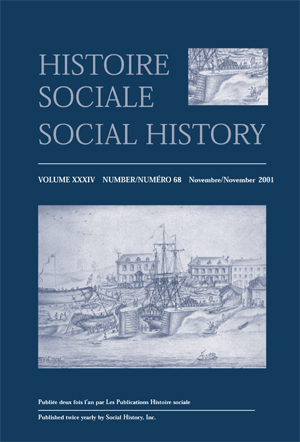Fading Images, Fading Realities? Female Merchants in Scandinavia and the Baltic
Abstract
The many women who acted as traders in cities and towns along the North German, Baltic, and Scandinavian coasts during the eighteenth and early nineteenth centuries occupied an ambiguous position. Continuing a tradition begun in the medieval period, women in these ports were often intimately connected to commerce. As wives and widows, they engaged both in retail traffic and, on occasion, wholesale merchanting. Evidence of their activities is scarce, however. Though women kept shops and accounts, inspected merchandise in warehouses, and struck deals for freight, rent, and capital, contemporaries did not see such women primarily as traders but under other rubrics instead. With few exceptions, a woman’s commercial contribution was often obscured beneath a wealth of platitudes about her domestic virtues. Ironically, north European women had left the upper echelons of commerce by the mid-nineteenth century, even as business and inheritance laws were changed to make access for them easier. As the merchant’s world in the northern ports became increasingly masculinized in the nineteenth century, the widow who continued in business became an oddity.Downloads
Published
2001-11-01
Issue
Section
Women and Business in Eighteenth- and Nineteenth-Century Northwestern Europe


